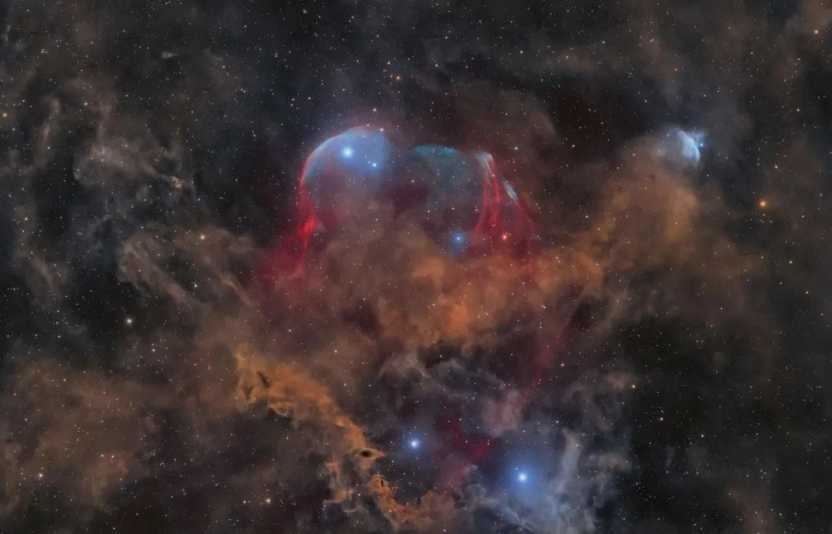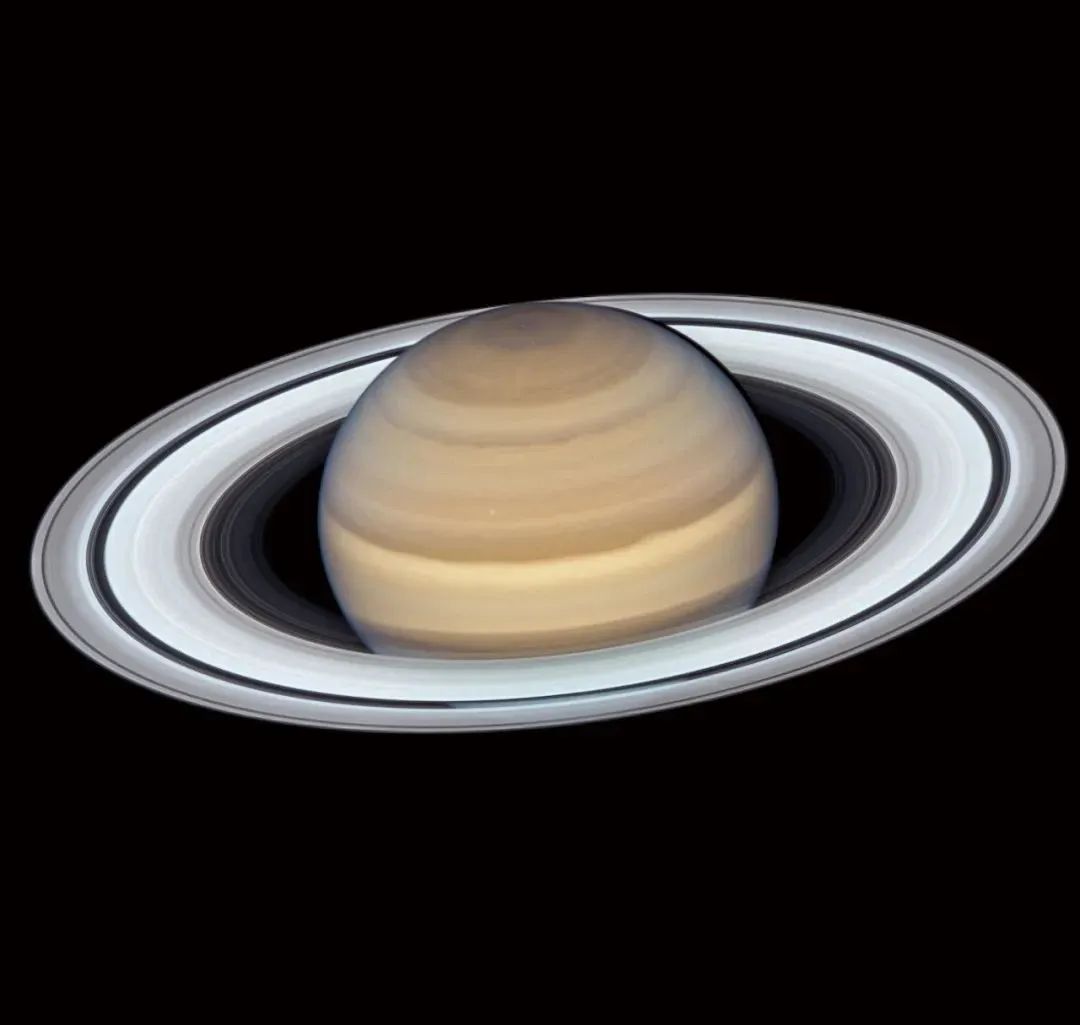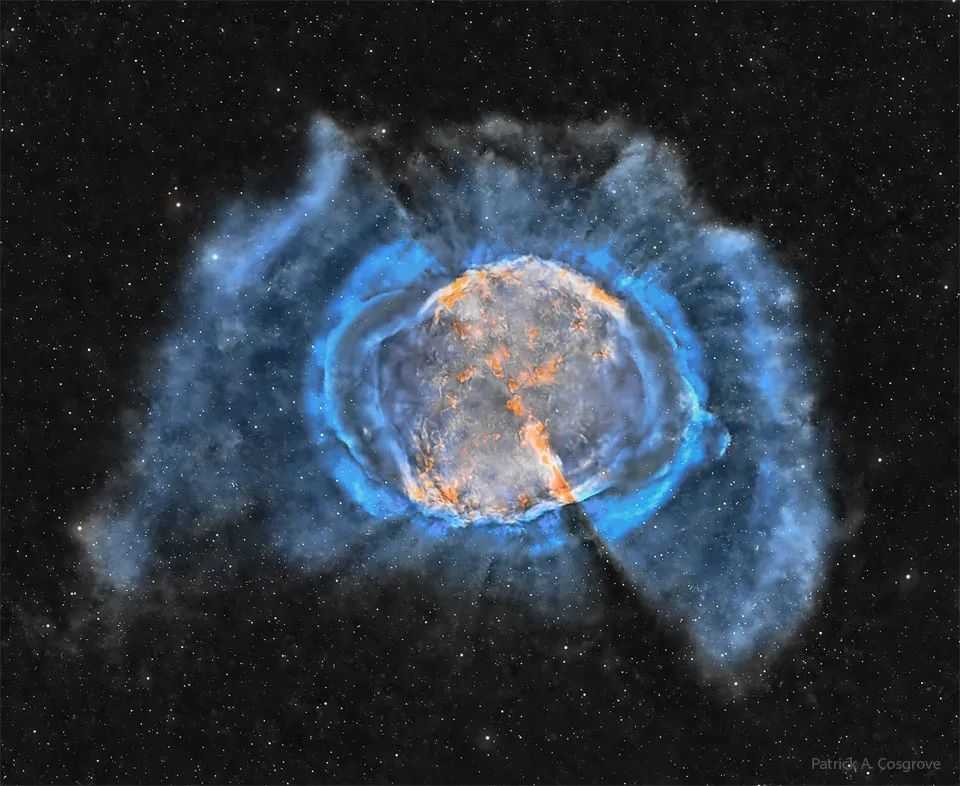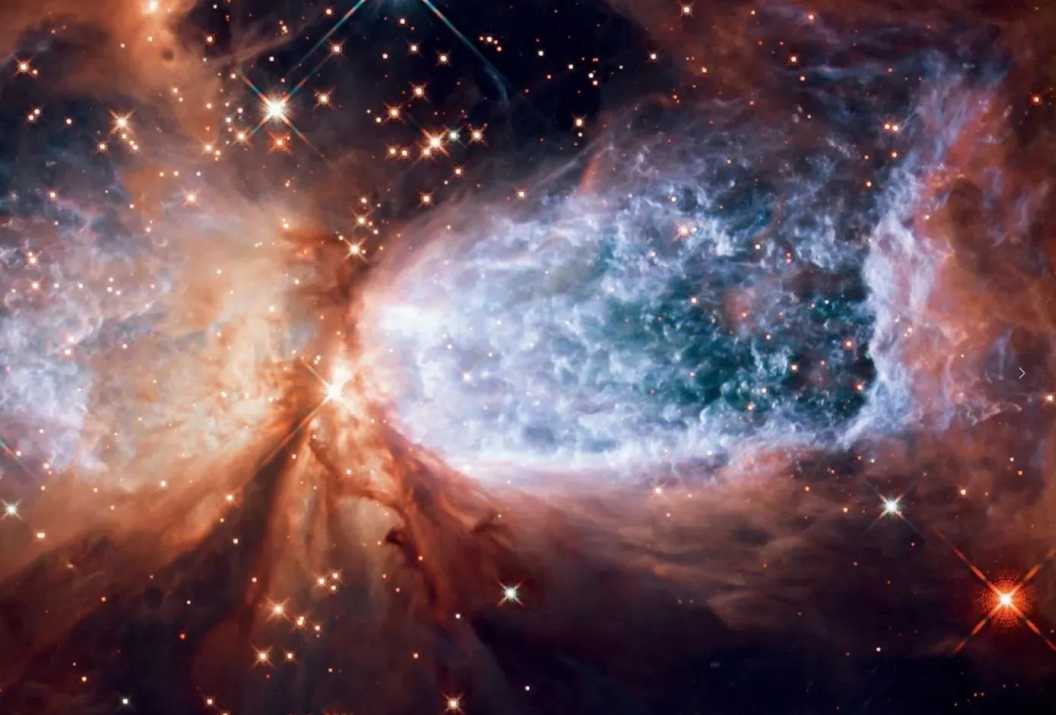A team of amateur astrophotographers has uncovered the faint remains of a long-dead massive star, capturing the first image of supernova remnant G115.5+9.1—dubbed "Scylla"—in the constellation Cepheus (the Ethiopian king of myth). The discovery, hidden in sky survey data, reveals a glowing patch where hydrogen atoms emit red light and oxygen atoms shine in faint blue, marking the aftermath of a stellar explosion that likely occurred thousands of years ago.
Scylla, named for the multi-headed sea monster in Homer’s Odyssey, isn’t the only surprise in the image. A previously unknown dim planetary nebula candidate lurks in the upper right corner, christened "Charybdis"—matching the mythological whirlpool that posed a deadly twin threat with Scylla. This cosmic pairing echoes the ancient Greek proverb "between Scylla and Charybdis," symbolizing a choice between two perils.
Analysis of Scylla’s red hydrogen glow suggests the remnant spans ~20 light-years, while Charybdis (temporarily cataloged as Sai 2) exhibits the characteristic fuzzy halo of a dying star’s ejected gas. Both objects lie ~3,000 light-years from Earth, invisible to the naked eye but revealed through painstaking data screening.
"Professional surveys often miss faint objects like Scylla due to their focus on brighter targets," says lead discoverer Tom Williams. The team combed through 10 years of infrared and optical data, cross-referencing anomalies to confirm Scylla’s status as a supernova remnant. Its discovery fills a gap in our understanding of stellar death in the Milky Way’s outer regions.
Charybdis adds another layer of intrigue: planetary nebulae typically form from low-mass stars, while Scylla stems from a massive star’s collapse. Their close proximity (just 15 light-years apart) may hint at a shared stellar neighborhood or coincidental alignment.
As telescopes continue to scan the sky, this amateur find highlights the value of citizen science in uncovering cosmic mysteries—proving that even in the era of big astronomy, small teams with sharp eyes can still make history among the stars.




